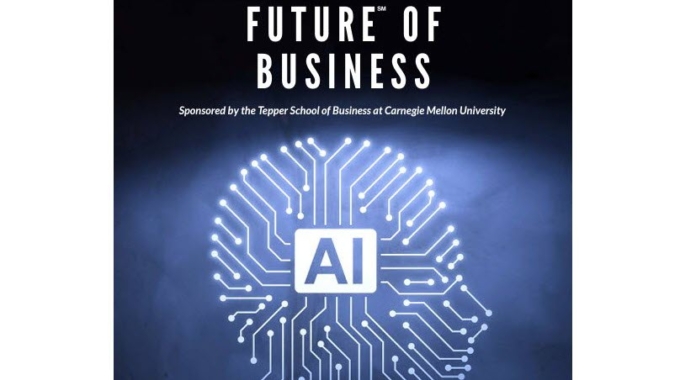Gartner analyst Daryl Plummer issues a list of future digital disruptions for CIOs to take note of, including human-machine interfaces, nanotechnology and quantum computing
From COMPELO, SEVEN DIGITAL DISRUPTIONS YOU MIGHT NOT SEE COMING:
Swarm intelligence, real-time language translation and nanotechnology are among some of the biggest examples of digital disruption that businesses need to plan for in the coming years
Gartner distinguished VP analyst Daryl Plummer has picked out a number of new technologies already available, but being improved every day, which could a transformative impact on society and industry.

Unveiling seven tech trends he believes to be most important at the Gartner Data and Analytics Summit in London this week, he urged chief information officers to get behind them right now to cause “willful disruption” that will ensure they don’t get left behind. Read on to find out what Daryl had to say about Swarm Intelligence.
SWARM INTELLIGENCE
Swarm intelligence describes the collective behaviour of decentralised, self-organised systems, whether natural or artificial.
“They are aware, they are autonomous of each other, but act together,” explains Daryl, comparing the concept to the behaviour of a swarm of bees. “They’re resilient so if one fails, another will take up the slack. These systems act in solidarity and can expand.”
Daryl says it will disrupt models of problem-solving across various industries, giving the example of adjusting formulas of pesticides used on crops in farms to improve yields. He adds: “By 2023, it will extend markets and begin optimisation problem-solving modelling that quantum computers will be able to use.
“It also allows us to think of AI solutions that use swarms in everything we do – our software and devices.”
One company already working in this field of artificial intelligence is Unanimous AI. The US start-up has developed software called Swarm AI, which enables groups of people to connect with each other over the internet and make predictions on various outcomes, such as sports matches, financial markets and medical diagnoses. An AI bot uses algorithms to detect not only the forecasts made by the participants, but the varying degrees of certainty each person has for individual scenarios.
It analyses this information and eventually reaches a consensus from the “swarm”.
See the entire list on Compelo: 7 Digital Disruptions You Might Not See Coming

Want to learn more about our Swarm AI technology? Check out our TED talk below…



